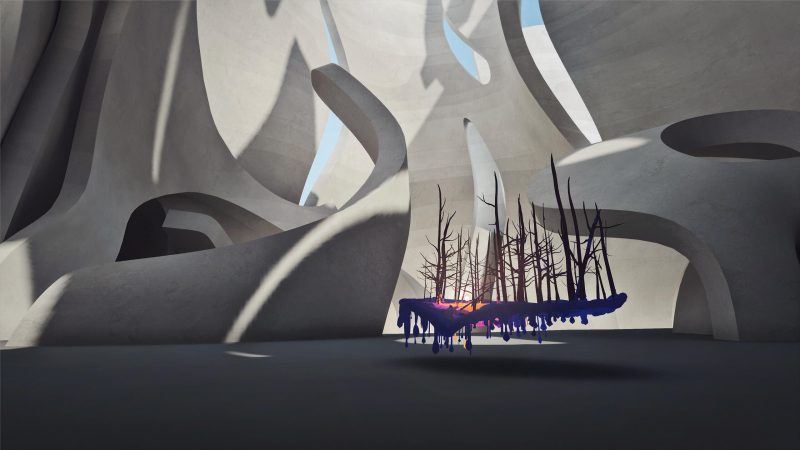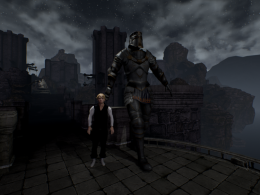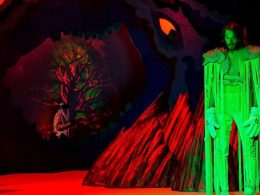The Museum of Other Realities shows art that would be impossible in physical reality and is itself a work of art designed from the ground up for its medium.
Actually, you should now go back to the open museums to support them. But why not continue to combine real and virtual? There are always times when you have to or want to stay at home. This is definitely a special museum: The Museum of Other Realities.
You will look in vain for Rembrandt, Van Gogh and Picasso. This is because only virtual reality works by contemporary artists are exhibited in these rooms. The project was launched last spring by designer Samuel Arsenault-Brassard to promote VR art in general.
Arsenault-Brassard studied architecture for nine years and has been working as an artist and curator in the XR field for some time. He designed ninety per cent of the museum using the VR app Oculus Medium, like a sculpture. The aim was to invent a VR architecture that is as revolutionary as the works of art it houses.
VR art without physical restrictions
As the museum was designed for virtual reality, the architect had unusual freedom. In physical reality, there are numerous restrictions that have to be kept in mind, says Arsenault-Brassard. These include the budget, the location and context, materials and gravity. None of this plays a role in virtual reality.
"Even if we had had a budget of five million US dollars for a concrete building, I wouldn't have been able to realise one per cent of that," says Arsenault-Brassard with regard to the VR museum's spectacular play of light. "It's guaranteed never to rain in here," jokes the architect.
Unity of architecture and artwork
However, virtual reality has its own peculiarities and limitations. The museum had to be optimised for unusual ways of moving around, such as teleportation, and the rooms had to be arranged in such a way that they did not show too many works of art at once so as not to overwhelm computers. It therefore appears labyrinthine. There are no such restrictions in physical reality.
Arsenault-Brassard also worked closely with the VR artists whose works were to be exhibited. The works and the museum were to form a single entity. The architect was ideally equipped for this task.
"I have my own art practice where I create architectural spaces that can only exist in VR. Spaces that are dreamlike, beautiful and would be impossible to build in real life. I then fill these spaces with my own VR sculptures. It's art made in VR for VR, combined with spaces customised for VR."
Source: Mixed








